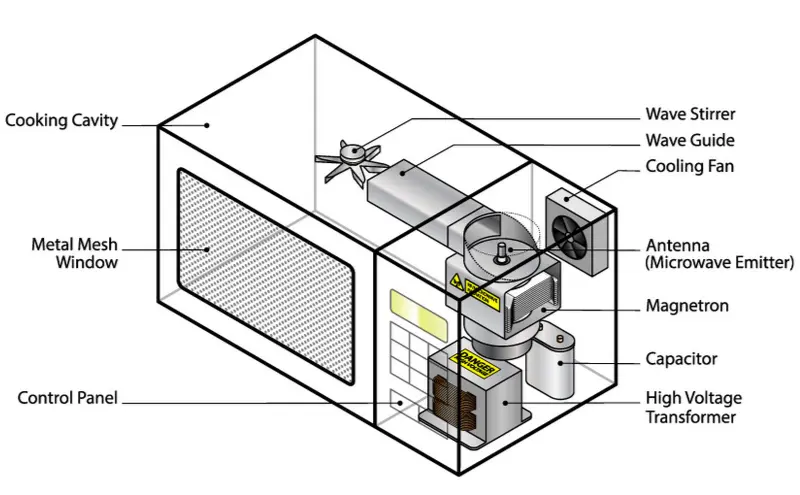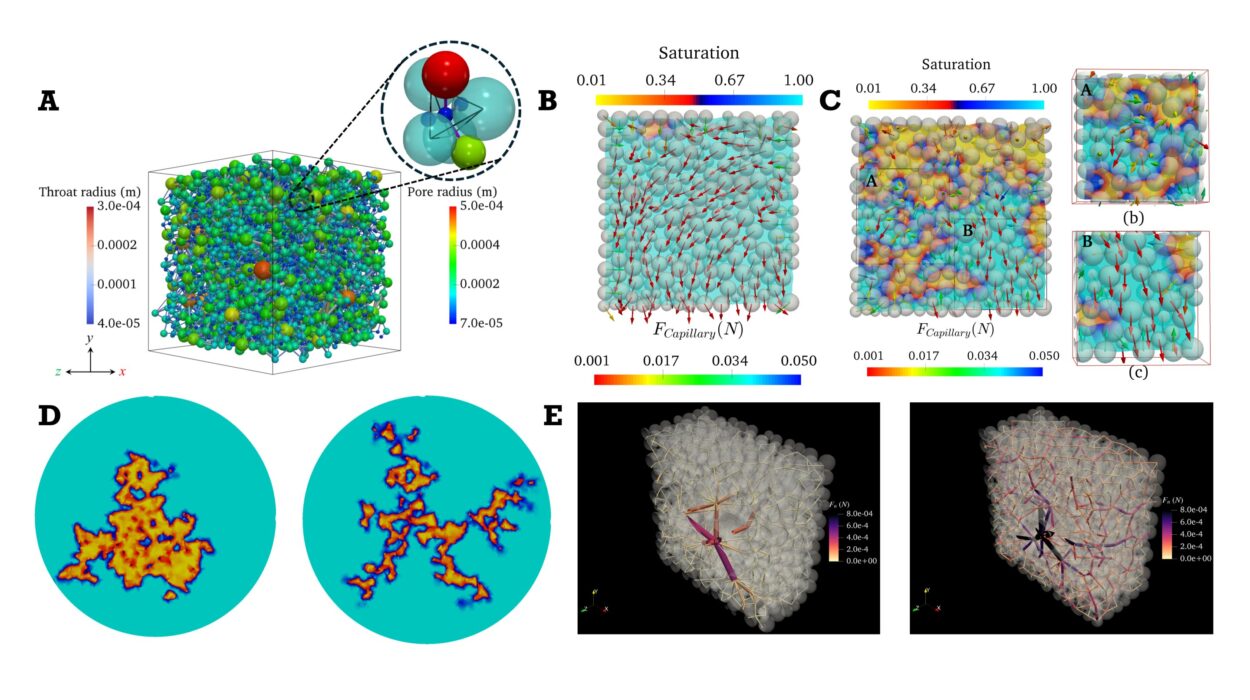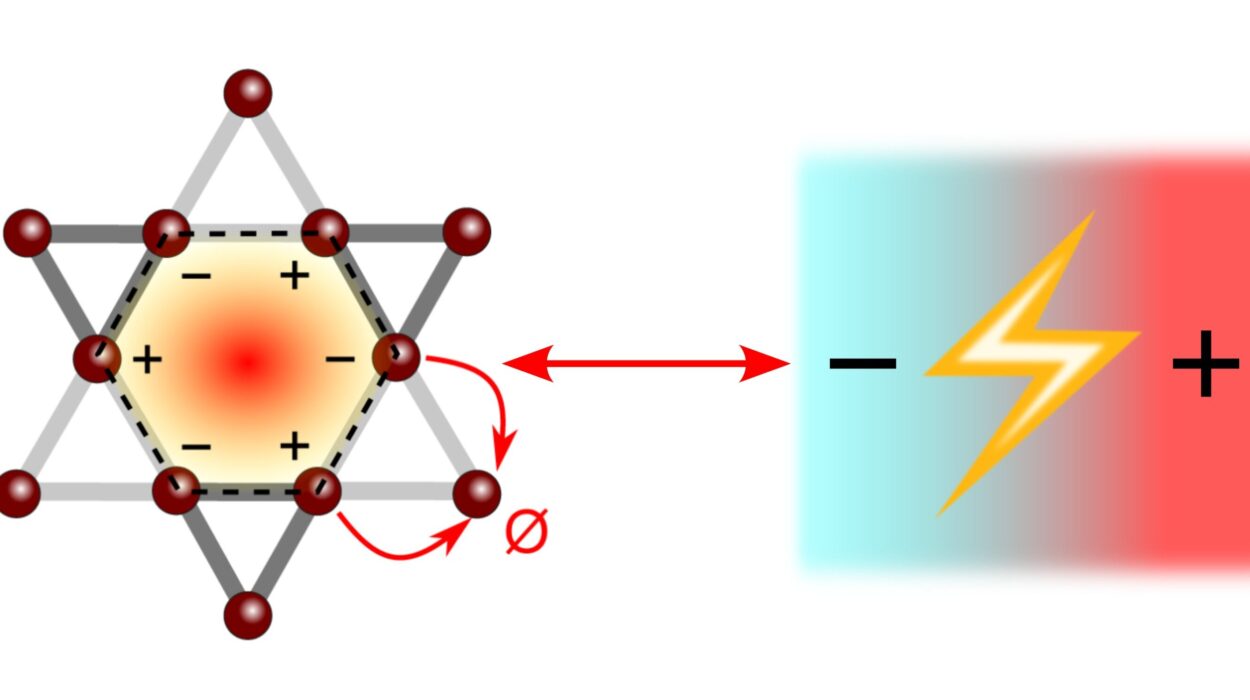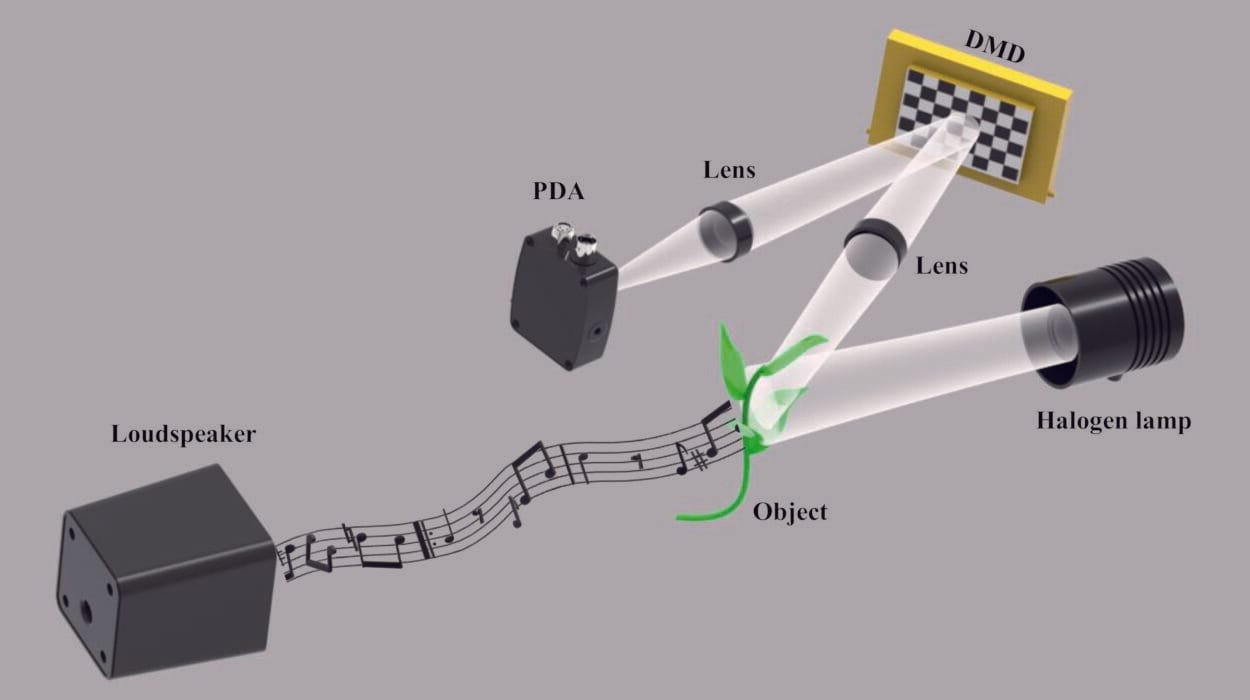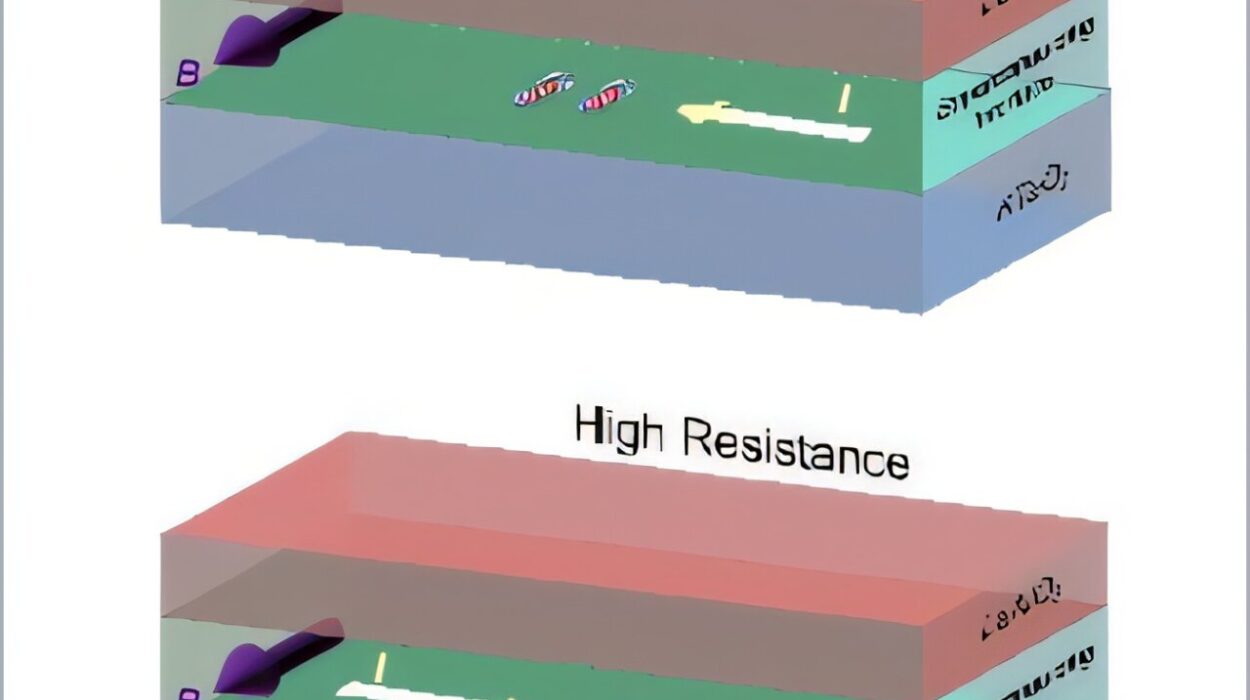In the heart of countless kitchens around the world hums an unassuming device that has transformed the way we cook, reheat, and even defrost our food—the microwave oven. With a simple beep and the push of a button, it heats leftovers in seconds, pops popcorn to perfection, and even bakes cakes in a mug. But while its function is familiar, the science that powers it remains a mystery to many. How exactly does a microwave oven work? What’s happening inside that metallic box when your soup spins and steams?
At its core, the microwave is not just a culinary convenience—it’s a brilliant application of physics, marrying the fields of electromagnetism, thermodynamics, and even a bit of quantum theory. Understanding the physics behind microwave ovens is like peering into a tiny, energy-packed laboratory where electromagnetic waves and water molecules dance a high-speed tango. This article explores how a microwave cooks your food from the inside out—or at least appears to—and what makes it both efficient and, in some cases, misunderstood.
The Birth of the Microwave: Accidental Innovation
To understand the physics, it helps to know the story. The microwave oven was not the product of a master culinary plan, but rather a fortunate accident. In 1945, Percy Spencer, an engineer working for Raytheon, was testing a magnetron, a device used to generate microwaves for radar systems during World War II. As he stood near the machine, he noticed that a chocolate bar in his pocket had melted. His curiosity piqued, Spencer placed popcorn kernels near the magnetron—and watched them pop. He then tried an egg, which famously exploded. A new cooking technology had been discovered.
Raytheon quickly patented the invention and, by 1947, introduced the first microwave oven. It was the size of a refrigerator and cost thousands of dollars, but the fundamental physics remain the same in today’s compact countertop models.
Microwaves: The Invisible Chefs
So what are microwaves? They are a type of electromagnetic radiation, much like visible light, radio waves, or X-rays. Electromagnetic waves consist of oscillating electric and magnetic fields that propagate through space. Each type of wave is characterized by its wavelength or frequency. Microwaves fall in the frequency range of about 300 MHz to 300 GHz, corresponding to wavelengths from one meter to one millimeter.
Microwave ovens operate specifically at a frequency of 2.45 GHz, with a wavelength of about 12.2 centimeters. This frequency was chosen because it’s particularly effective at agitating water molecules, which is key to the heating process.
Why does this matter? Because food contains water—and lots of it. By tuning the oven to a frequency that water molecules naturally resonate with, the microwave can deliver energy precisely where it’s needed: inside your food.
The Magnetron: The Heart of the Machine
The magnetron is the technological core of every microwave oven. This cylindrical device, powered by electricity, generates the microwaves that cook your food. It’s essentially a vacuum tube containing a cathode and an anode, surrounded by powerful magnets.
When electricity flows into the magnetron, it heats the cathode, which releases electrons. These electrons are forced into circular paths by the magnetic field, causing them to accelerate. As they spiral, they pass by specially designed resonant cavities in the anode. These cavities act like tiny tuning forks, resonating at a specific microwave frequency. The interaction between the electrons and the cavities causes the release of microwave radiation.
These microwaves are then funneled through a waveguide—a metal tube that directs the waves into the cooking chamber—where they can interact with the food. It’s here that the true magic of physics begins to play out.
Dielectric Heating: Vibrating Water Molecules
Microwaves heat food through a process known as dielectric heating. This phenomenon exploits the dipolar nature of water molecules. A water molecule has a partial positive charge on one end (from its hydrogen atoms) and a partial negative charge on the other (from the oxygen atom), making it a polar molecule.
When exposed to the alternating electric field of a microwave, the water molecules attempt to align themselves with the field. Since the field changes direction billions of times per second (at 2.45 billion times per second, to be exact), the water molecules rotate rapidly to keep up. This frantic rotation creates internal friction between molecules, which generates heat.
This heat is then transferred to the surrounding substances in the food—fats, sugars, starches—by conduction, warming the entire dish. Essentially, microwaves don’t heat the food directly. Instead, they energize the water molecules, and those molecules in turn heat the food.
Cooking from the Inside Out—Or Does It?
One common myth about microwave ovens is that they cook food from the inside out. This isn’t exactly true. In fact, microwaves only penetrate food to a depth of about one to two centimeters, depending on its composition and density. Beyond that, the energy is absorbed by the outer layers of the food. The inner portions are then heated by thermal conduction—the same way they are in a conventional oven, albeit faster.
However, since microwaves target water molecules directly, foods with higher water content heat more quickly. This can create the illusion that the food is being heated from within. The reality is more nuanced and depends heavily on the structure, composition, and shape of the food item.
The Role of Turntables and Wave Distributors
Ever wonder why microwave ovens have turntables? It’s because microwaves form standing waves—regions where the electric field is either at a maximum or a minimum. If food sits in one of these nodes (minimum energy areas), it may not heat evenly. The rotating turntable ensures that all parts of the food pass through different areas of the field, allowing for more uniform heating.
Some ovens also use mode stirrers or rotating antennas instead of turntables. These devices reflect and scatter the microwaves around the cavity, disrupting the standing wave pattern and improving energy distribution. The goal is always the same: to eliminate hot and cold spots and deliver consistent results.
Metal and Microwaves: A Dangerous Combination
A question that often arises is why metal is a no-go in microwave ovens. When microwaves hit a piece of metal, they can induce electric currents along its surface. In some cases, particularly with crumpled or thin metallic objects like aluminum foil, this can cause sparks or even fires.
Sharp edges and points on metal objects can act as concentration points for electric fields, leading to electrical arcing. This is why forks, spoons, or twist-ties are dangerous in a microwave. Some metals, like those used in microwave-safe containers or grill racks, are specially engineered to avoid this problem, but they should be used with caution and only as intended by the manufacturer.
Microwave-Safe Containers: What Matters
Not all containers are created equal in the world of microwaves. Plastic containers must be labeled “microwave safe” because some plastics can melt or leach chemicals into food when heated. Glass and ceramic are usually good choices, but they should not contain metallic paint or trims.
Microwaves pass through glass, plastic, and ceramic with little absorption, allowing them to interact more directly with the food. This is why you can safely heat soup in a glass bowl, but not in a metal pot. Understanding the properties of different materials helps avoid both culinary mishaps and potential health hazards.
Microwave Cooking vs. Conventional Cooking
So how does microwave cooking compare to traditional methods like baking, frying, or boiling? Each method transfers heat to food in different ways. Conventional ovens use convection (hot air) and radiation from heating elements. Frying uses conduction from a hot pan and oil. Boiling transfers heat via water.
Microwaves are unique because they energize water molecules directly, bypassing the need for a hot medium. This makes microwave cooking faster and more energy-efficient, especially for small or water-rich foods. However, it doesn’t brown or crisp foods the way dry heat does, because it doesn’t reach the high surface temperatures necessary for the Maillard reaction—a chemical reaction that gives roasted or grilled food its distinctive flavor and color.
This is why microwave-cooked pizza can taste soggy, and why microwave ovens often include convection or grilling features to overcome this limitation.
Safety Mechanisms: Why Your Microwave Doesn’t Cook You
Given the power of microwaves, one might wonder: how is it safe to stand next to a microwave? The answer lies in the design. Microwave ovens are built with multiple layers of shielding. The cooking chamber is essentially a Faraday cage—a metallic enclosure that prevents electromagnetic radiation from escaping.
The door features a mesh screen with holes smaller than the wavelength of the microwaves, which allows you to see inside without letting the waves out. Interlock systems prevent the magnetron from operating unless the door is securely closed. These engineering controls ensure that the energy stays inside where it belongs.
Microwave Myths: Debunking Common Misconceptions
Microwave ovens are fertile ground for myths and misconceptions. One popular myth is that microwaves “destroy nutrients” in food. In reality, all cooking methods can cause nutrient loss, particularly for heat-sensitive vitamins. Because microwaves cook quickly and with less water, they often preserve nutrients better than boiling or frying.
Another myth is that microwaving makes food “radioactive.” This is false—microwaves are non-ionizing radiation, meaning they don’t have enough energy to alter atomic structures or make substances radioactive. They simply make molecules move faster, increasing temperature.
From Molecules to Meals: A Symphony of Physics
Ultimately, the microwave oven is a beautiful example of applied physics. It takes principles of electromagnetism and quantum theory and puts them to work in the service of everyday life. The interplay of energy, matter, and motion transforms raw ingredients into warm meals in minutes. Whether you’re heating leftovers, cooking vegetables, or indulging in a midnight snack, you’re witnessing a carefully orchestrated ballet of molecules responding to the invisible touch of electromagnetic waves.
The Future of Microwave Technology
While the core principles remain unchanged, microwave technology continues to evolve. Smart microwaves now feature sensors that measure humidity and temperature to adjust cooking times automatically. Others combine microwaves with infrared or convection heating to improve texture and flavor.
Research into metamaterials and microwave frequency modulation could one day allow for even more precise control, potentially solving problems like uneven heating or cold spots. Some futurists even envision “programmed” cooking, where recipes can be downloaded and executed perfectly by smart appliances.
Conclusion: A Modern Miracle of Everyday Physics
The microwave oven is more than just a kitchen appliance—it’s a daily reminder of the power of physics to solve practical problems. It encapsulates decades of scientific discovery, from the behavior of electromagnetic fields to the nature of molecular motion. Every beep and buzz, every steaming bowl of soup or rapidly defrosted chicken breast, is a tribute to humanity’s understanding of the invisible forces that shape our world.
So the next time you press that start button and watch the turntable spin, take a moment to appreciate the unseen symphony of science at work. The humble microwave isn’t just heating your dinner—it’s telling a story of waves, molecules, and the marvels of modern physics.
